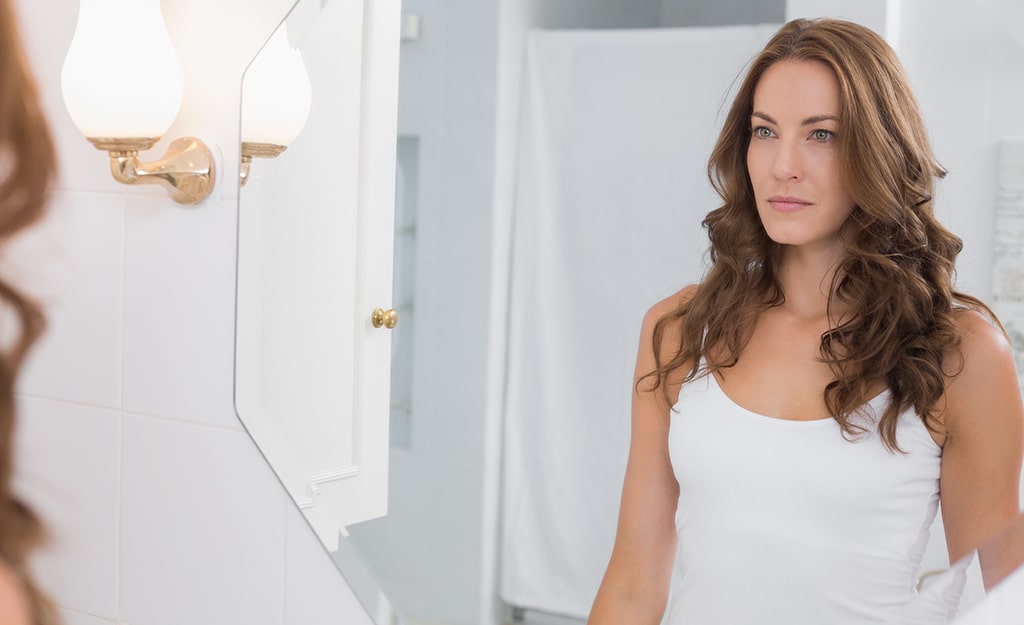Sun allergy is caused by reaction to sunlight. This may cause red itchy rashes on skin. In severe cases it may lead to blisters and hives. When exposed to sunlight its ultraviolet radiation may causes changes to skin cells. Our immune system identifies some of the components of the altered skin as foreign and activates immune resistance against them. This causes the allergic reactions which will ultimately lead to rashes and blisters. So the big question is why are some people allergic to sunlight? Actually we don’t know the exact answer. It can start at any age. A small percentage of people are genetically prone to it. In some cases it may be caused by certain medications or by the use of certain cosmetics on the skin. The chemicals in cosmetics may become allergic when exposed to sunlight.
There are different types of sun allergy. The most common types are polymorphic light eruption (PMLE), actinic prurigo, chronic actinic dermatitis (CAD) and solar urticaria.
- Polymorphic light eruption (PMLE) – This is the most common type that comes up within a few hours after exposure to sunlight. This will last for a few days. It appears as itchy rashes on skin. Mostly it occurs in spring and early summer.
- Actinic prurigo – It is usually seen in children and young adults. It is an inherited form of pmle. It generally starts in summer and lasts till autumn. Symptoms are itchy skin, itchy bumps which may lead to scars. It may affect neck, cheek, arms, hands and especially the lips.
- Chronic actinic dermatitis – It mainly affects older people. Symptoms are wide patches of dry skin on the face, scalp, neck, arms and hands. It comes up within a few hours after exposure to sunlight.
- Solar urticaria – It is mostly seen in young women. It usually comes within a few minutes after exposure to sunlight. Symptoms are rashes and blisters. They are also seen in unexposed areas.
We can avert the reaction by following some simple measures
- Avoid exposure to the hot sun especially during the peak time.
- Apply a sunscreen regularly
- Use protective clothing that covers all your body
- Wear sunglasses that protect from UV rays
- Try some home remedies
- Avoid cosmetics that cause allergies
If the symptoms become severe we must consult a doctor. The doctor will examine our family and medical history and will do necessary tests if required. The test may include blood test, skin biopsy or photo- testing. According to the test results the doctor may decide the mode of treatment. This may include ultraviolet light therapy, medications
and corticosteroid creams.










